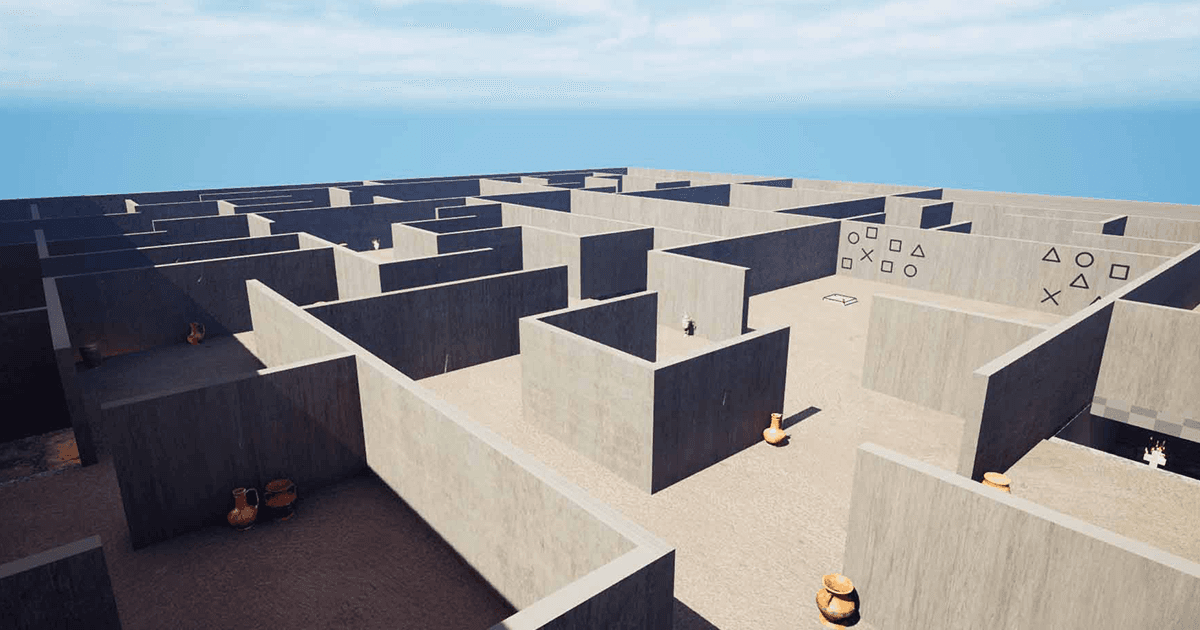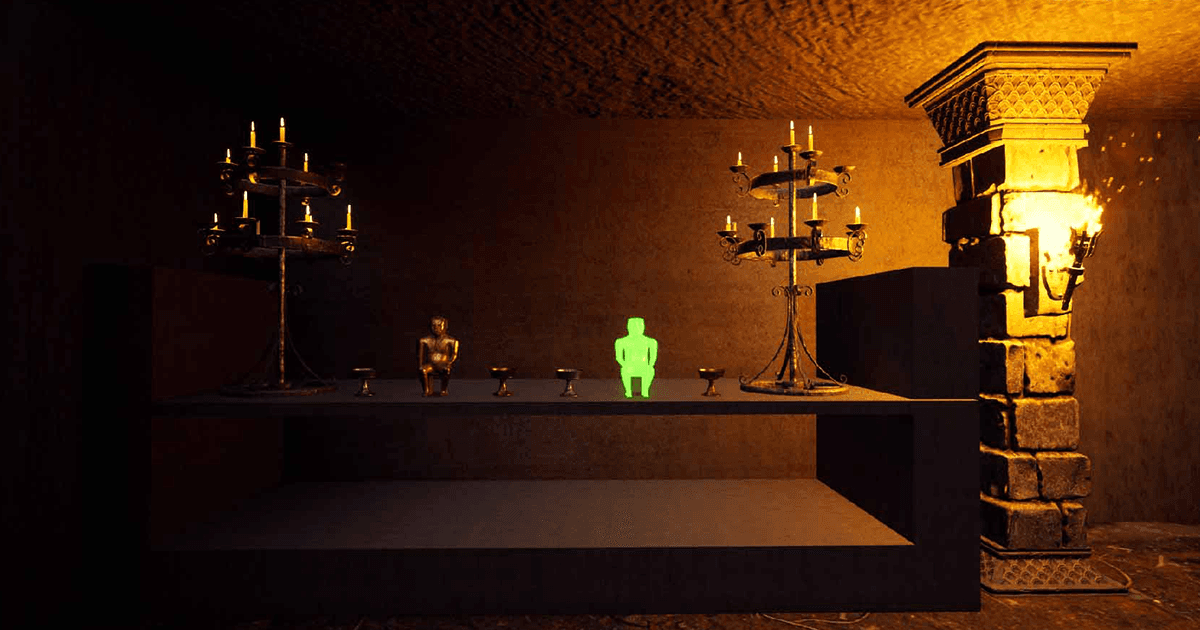
Year: 2023
Amaze is a 3D third-person game designed to promote creative problem-solving through engaging puzzles and exploration. This project examines the integration of learning and entertainment, presenting a prototype that encourages players to develop essential skills in a fun and interactive environment.
We are in a fast-paced world that is ever-evolving. There is a growing need for persons with problem-solving skills, interestingly there is increased acceptance of games for learning. It's crucial to take advantage of games' potential to encourage problem-solving talents, but how can we design to encourage these skills in games? Moreso, how can we do this in a fun and engaging way? By building a prototype with maze-like maps that contain interesting puzzles, this project research through design to encourage the development of creative problem-solving skills in games.
Amaze combines the thrill of exploration with disruption and bewilderment mechanics along with creative problem-solving puzzles. There are multiple paths to achieving tasks in Amaze, this decision is birthed from the thinking that knowing more than one way to do a thing is a key aspect of creativity. This multiplicity of paths was chosen as a metaphor for creativity in Amaze. Although measuring things like creativity or intelligence can be tricky, Amaze creates an environment where these skills can be experienced and explored only. By lacing the player's path and goal with interesting challenges that foster creative problem-solving. Amaze achieved its aim of designing to foster creative problem-solving and at that with some fun elements.

Perception and attention significantly shape our understanding of the world and influence the way we generate ideas. Being attentive to one's surroundings, noticing patterns, and making connections between seemingly unrelated concepts can spark innovative thinking. Creative problem-solving is key to innovation, it helps us create new ideas, products, or processes that have a significant impact on society, organisations, or individuals. Bringing the experience to the game for players to explore gives me joy.
Playtesting Amaze revealed that 90% of respondents recognized and appreciated the presence of puzzles, and 70% found the sound-based puzzle particularly memorable. These results indicate that players engaged with and appreciated the creative problem-solving elements embedded within the game, validating the design approach.

As the project manager and UIUX designer, I was responsible for planning meetings, setting deadlines, and pitching ideas. I defined the project scope, identified critical elements for each iteration, and developed test questions with my team in order to let us know whether we've achieved our goal or not. Additionally, I designed the user interfaces and puzzles, contributed to 3D art using Blender, and coded several game features.
Design Activity:
When designing the puzzles I focused on, expressing how best to ensure the player can understand the unseemingly apparent with little information given, the aim was to create an avenue for recognising patterns. Also, I designed some puzzles such that the player would have to memorise sequences of data and recall those data for use later, with time constraints.
For the UI design, I used Figma, Photoshop and Illustrator to design the user interfaces. I first sketched the concept by hand, then transferred it to Adobe Illustrator to do the outline of the design, and then used a combination of Photoshop to fine-tune it. Some designs were also done in Figma. I mostly use the tool that gives me the best control over the present design.
Code Activity
I coded the timing system that measures how long the player has been playing the game, we also used this system in calculating points. The coding was done in Unreal Blueprint.
Playtesting Amaze revealed that 90% of respondents recognized and appreciated the presence of puzzles, and 70% found the sound-based puzzle particularly memorable. These results indicate that players engaged with and appreciated the creative problem-solving elements embedded within the game, validating the design approach.